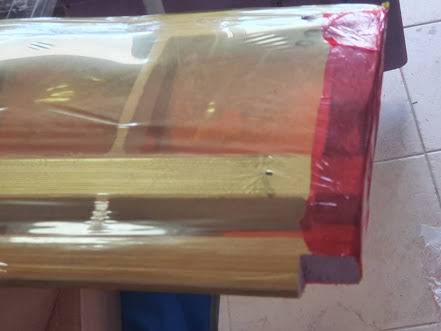Copper Clad Aluminum Wire

Aluminum wire is 61% as conductive a copper and only 30% of the weight . So for the same amount of conductance it is half the weight. Since weight is an important thing on a solar airplane, this is interesting. The first problem is that the layer of oxide on aluminum makes it very hard to solder to. We need to connect wires together, so this is a problem. There are copper clad aluminum wires . The core is aluminum but the outside is copper. This way you get most of the light weight of aluminum but you can still solder to it like copper. Below is a picture: A bundle of thin strands seem to have a bad reputation for corroding if outdoors. I am hopeful that a single solid core, about 1.5 mm diameter, would last well enough for me. However, I am can't find this on Amazon so far. There is a place in China that might work . There is a useful website for calculating power loss in a wire depending on ...





